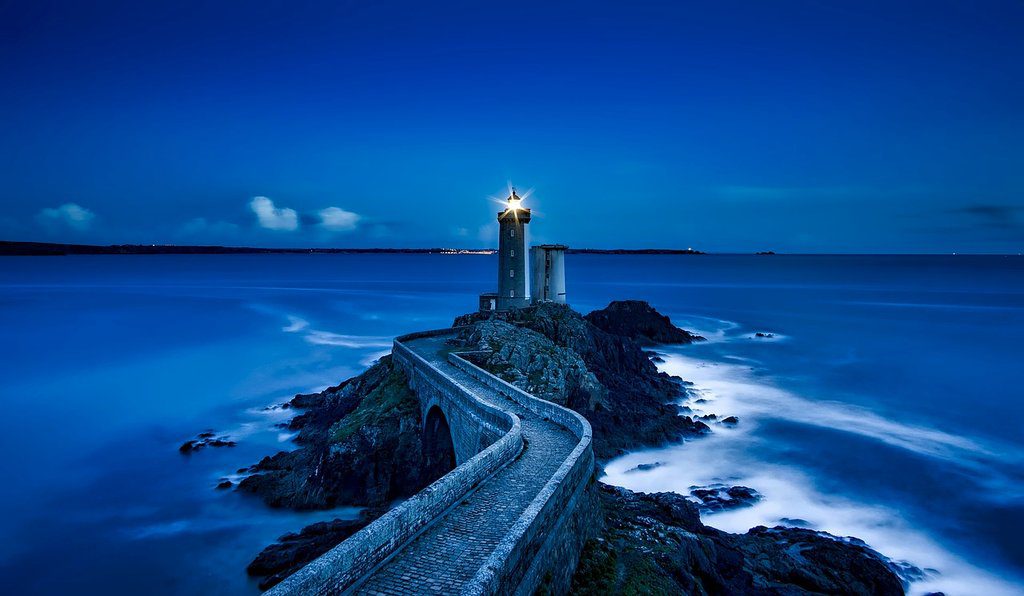Pictured Winning entries Wildlife Photographer Year United — A Glimpse into the Wild: Winning Wildlife Photography and Its Health Implications
The Wildlife Photographer of the Year competition, hosted annually by London’s Natural History Museum, not only showcases breathtaking images of the natural world but also subtly underscores the critical link between environmental health and human well-being. The winning entries, more than just visually stunning, serve as powerful reminders of the delicate ecosystems we rely on and the threats they face. This article delves into the stories behind some of the recent award-winning photographs, highlighting their significance and connecting them to broader health concerns.
Table of contents
- Pictured Winning entries Wildlife Photographer Year United — A Glimpse into the Wild: Winning Wildlife Photography and Its Health Implications
- The Power of Visual Storytelling in Conservation
- Wetlands, Kelp Forests, and Underwater Ecosystems: Vital Habitats Under Threat
- Hope and Innovation in Conservation Efforts
- Conclusion: Seeing the Bigger Picture
The Power of Visual Storytelling in Conservation

Wildlife photography possesses a unique ability to communicate complex ecological issues in a way that resonates with a wide audience. Wim van den Heever’s winning image of a brown hyena in a Namibian ghost town, for example, speaks volumes about the resilience of wildlife in the face of human abandonment and the long-lasting impact of resource extraction. Brown hyenas, the rarest of their kind, are particularly vulnerable, and van den Heever’s ten-year dedication to capturing this image underscores the challenges in documenting and conserving these elusive creatures. This visual narrative can inspire empathy and a sense of responsibility towards protecting these species and their habitats, indirectly promoting mental well-being through fostering a connection with nature.
Similarly, Andrea Dominizi’s “After the Destruction,” which won the Junior Grand Prize, poignantly illustrates habitat loss through the lens of a beetle struggling in a logged area in Italy. The image of the beetle on a cut log beside abandoned machinery serves as a stark reminder of the consequences of deforestation. Habitat loss is a significant driver of biodiversity decline, which in turn can impact human health by disrupting ecosystem services like pollination and water purification. Furthermore, witnessing such environmental degradation can contribute to eco-anxiety, highlighting the importance of addressing these issues proactively.
Wetlands, Kelp Forests, and Underwater Ecosystems: Vital Habitats Under Threat

Several winning photographs highlight the vulnerability of specific ecosystems and the importance of their conservation for planetary and human health. Sebastian Frölich’s “Vanishing Pond” emphasizes the crucial role of wetlands as carbon sinks and biodiversity hotspots. The fact that Austria has lost 90% of its peat bogs underscores the urgency of wetland conservation efforts. Wetlands play a vital role in water regulation, flood control, and carbon sequestration, all of which are essential for mitigating climate change and ensuring a healthy environment. Their destruction not only impacts wildlife but also increases the risk of flooding, droughts, and the release of greenhouse gases, all with direct implications for human health.
Ralph Pace’s “Survival Purse,” an underwater shot of a swell shark egg case in Monterey Bay, California, brings attention to the drastic decline of kelp forests. Researchers estimate that Monterey Bay’s kelp has declined by more than 95% in the past 34 years. Kelp forests are essential nurseries for marine life, providing food and shelter for countless species. Their loss has cascading effects throughout the food web, impacting fisheries and the overall health of the marine ecosystem. Furthermore, kelp forests play a role in carbon sequestration and coastal protection, making their conservation critical for mitigating climate change and safeguarding coastal communities.
The Interconnectedness of Species and Ecosystems
The competition also highlights the intricate relationships within ecosystems. Qingrong Yang’s “Synchronised Fishing,” capturing a ladyfish snatching prey from a little egret, showcases the complex interactions between different species. Dennis Stogsdill’s rare image of a caracal hunting flamingos, “Cat Amongst the Flamingos,” further exemplifies the diverse feeding behaviors and ecological roles of animals in the Serengeti. Understanding these relationships is crucial for effective conservation efforts. Disrupting one part of the ecosystem can have unforeseen consequences for other species and the overall health of the environment.
Hope and Innovation in Conservation Efforts
Amidst the challenges, some winning entries offer a glimmer of hope and showcase innovative conservation efforts. Jon A. Juárez’s “How to Save a Species” documents a breakthrough in rhino conservation through the BioRescue Project. The successful transfer of a rhino embryo to a surrogate mother, though ultimately unsuccessful in this instance, demonstrated the potential of IVF technology to save the critically endangered northern white rhino. This highlights the importance of scientific research and technological innovation in addressing conservation challenges and underscores the determination of individuals and organizations working to protect endangered species. Such advancements can inspire hope and encourage further investment in conservation initiatives, fostering a sense of optimism and empowerment in the face of environmental challenges.
Conclusion: Seeing the Bigger Picture
The Wildlife Photographer of the Year competition serves as a powerful reminder of the beauty and fragility of the natural world. The winning images, while visually captivating, also carry important messages about the challenges facing wildlife and ecosystems around the globe. By showcasing these stories, the competition encourages us to reflect on our relationship with nature and to take action to protect the planet’s biodiversity. Recognizing the interconnectedness of environmental health and human well-being is crucial for creating a sustainable future for all.
Disclaimer: The information in this article is for general guidance only and may contain affiliate links. Always verify details with official sources.
Explore more: related articles.




